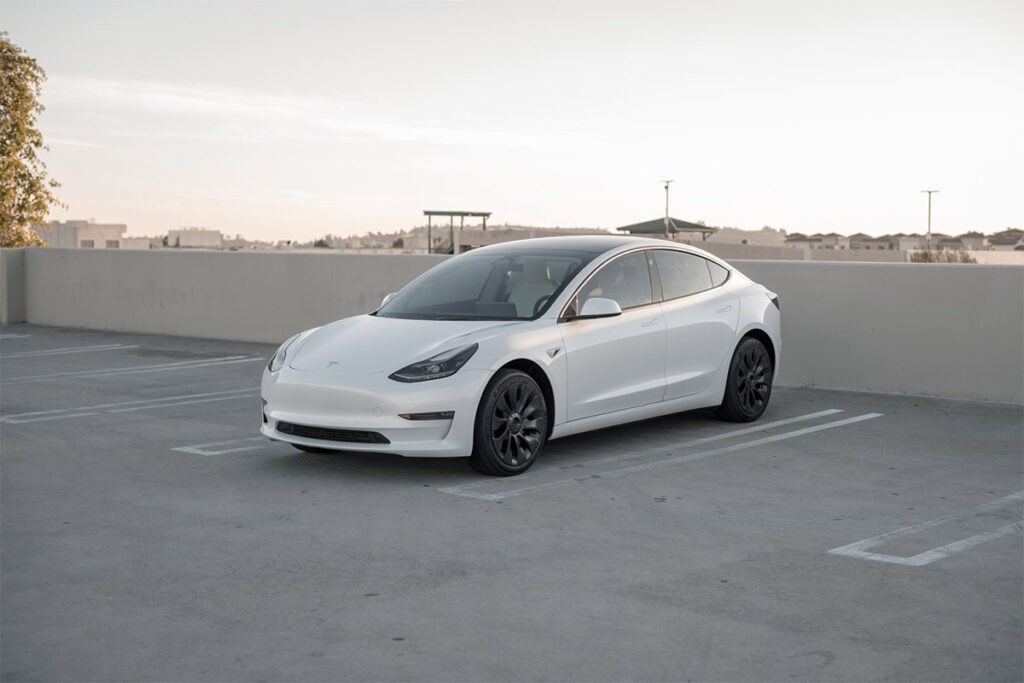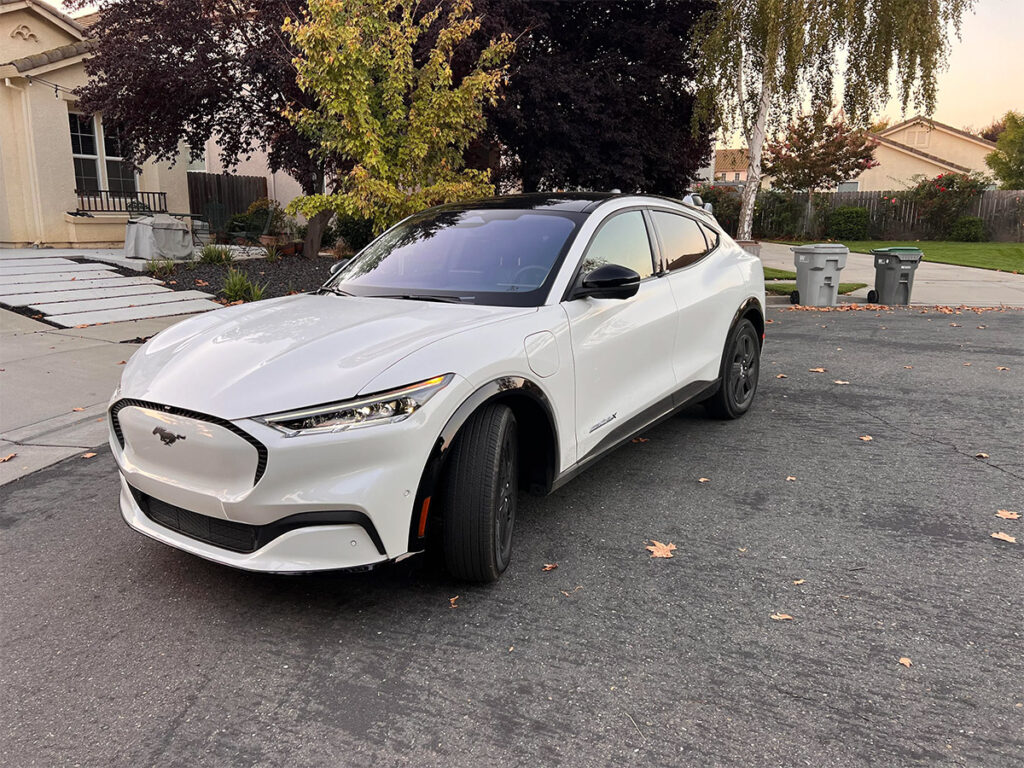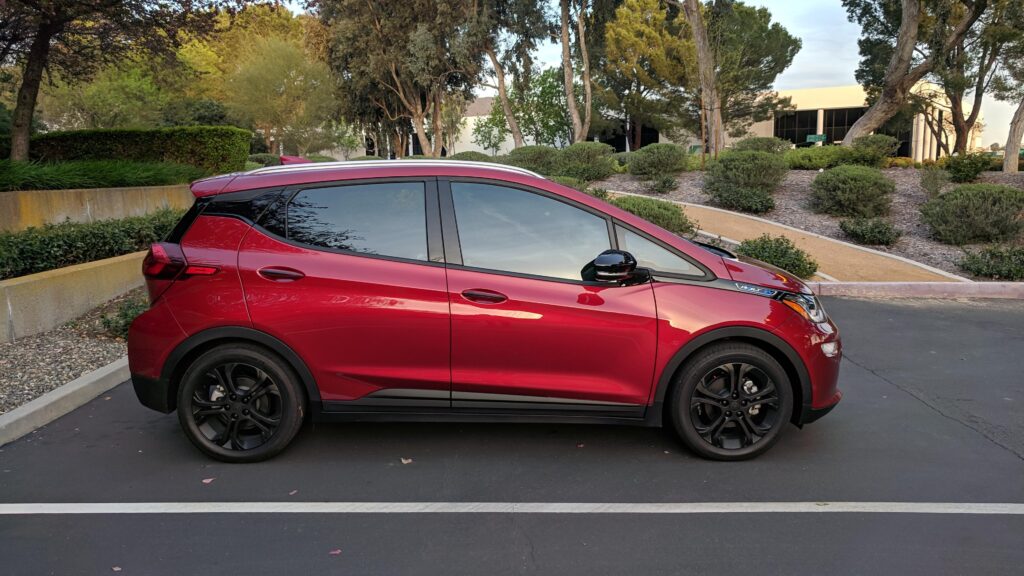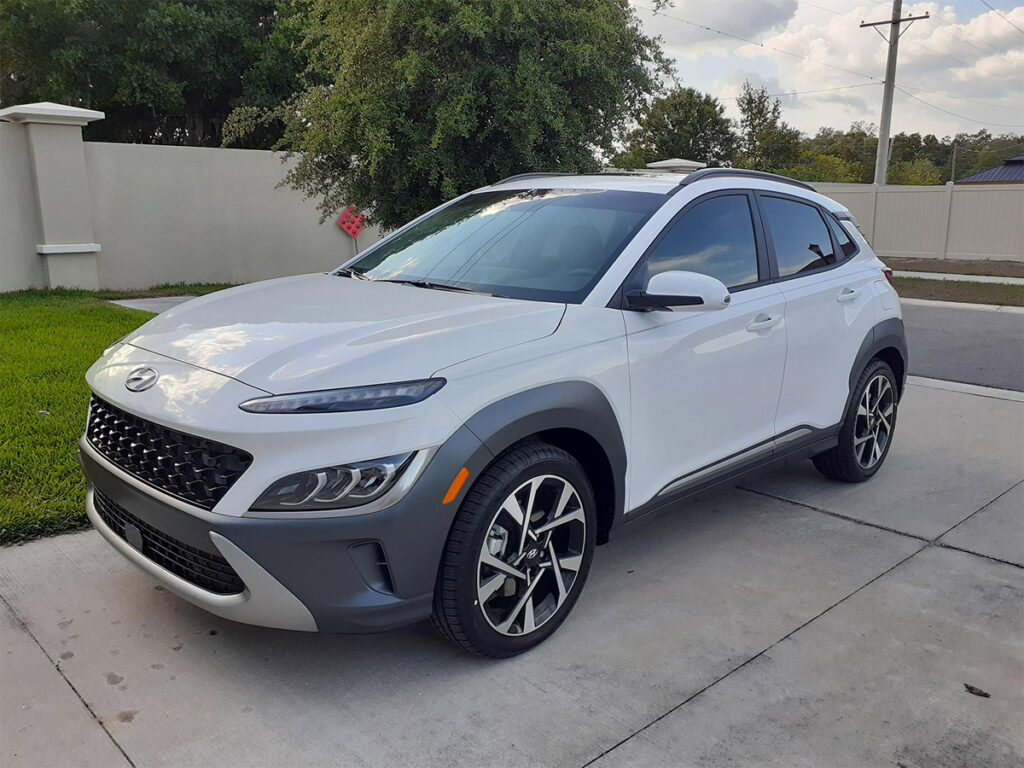As electric vehicles (EVs) continue to gain popularity, one of the most important factors for potential buyers is the driving range or autonomy of these eco-friendly cars. Range anxiety, the fear of running out of power before reaching a charging station, has long been a barrier to widespread EV adoption. However, advancements in battery technology and vehicle design have led to a new generation of EVs capable of impressive ranges that rival their gasoline-powered counterparts.
When it comes to long-range EVs, a few models stand out from the pack:

1) Tesla Model S Long Range: The Tesla Model S has long been the gold standard for electric vehicle range. The latest Long Range variant boasts an impressive EPA-estimated range of 405 miles on a single charge. Coupled with Tesla’s extensive Supercharger network, the Model S makes long-distance EV travel a breeze.

2) Tesla Model 3 Long Range: Not to be outdone by its larger sibling, the Tesla Model 3 Long Range offers an EPA-estimated range of 353 miles. This more affordable Tesla model has been a major factor in bringing EVs to the masses.

3) Ford Mustang Mach-E California Route 1: Ford’s entry into the EV market, the Mustang Mach-E, has an impressive range, especially in the California Route 1 trim. This variant boasts an EPA-estimated range of 305 miles, making it a compelling choice for those seeking a long-range EV with traditional car brand backing.

4) Chevrolet Bolt EV: The Chevrolet Bolt EV, after a recent battery upgrade, now offers a competitive EPA-estimated range of 259 miles. As one of the more affordable long-range EVs on the market, the Bolt EV proves that impressive autonomy doesn’t have to break the bank.

5) Hyundai Kona Electric: The Hyundai Kona Electric is another affordably priced EV with an impressive range. Its 64 kWh battery pack provides an EPA-estimated range of 258 miles, putting it in the same league as the Bolt EV
As battery technology continues to improve and more automakers enter the EV market, we can expect to see even more models with impressive ranges in the coming years. With the promise of long-distance travel without the need for frequent charging stops, EVs are becoming an increasingly attractive option for environmentally conscious consumers looking to reduce their carbon footprint without compromising on convenience.
Leave a Reply